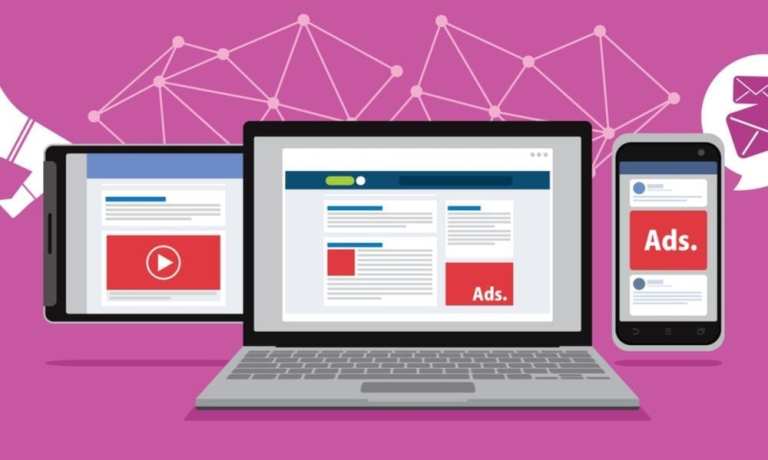Accounts Receivable Evolves, Tackles Digital Advertising’s Biggest Challenges

More than 1 million people canceled their television cable subscriptions in the first quarter of 2019 alone, and not because they aren’t consuming TV media and entertainment. In the shift to online streaming, cable companies aren’t the only players facing massive disruption: This change has rocked the advertising space, too.
On an even broader level, the surge in internet content, coupled with diminishing attention spans, has introduced a flurry of challenges for the advertising industry. The ways publishers, advertisers and brands measure the effectiveness and return on investment (ROI) of a campaign has forever changed, and continues to evolve as clicks, impressions, site visits and ad views that result in sales become important metrics. Meanwhile, ad-clicking bots and advertising fraud can be a major problem.
Yet, despite these massive overhauls in advertising technology, the way advertisers pay publishers remains largely stuck in the past, according to Good Life Networks Founder and CEO Jesse Dylan, and Vice President of Technology Chris Bradley.
“The problem is that publishers get paid in 60, 90, 120, even 180 days — sometimes longer, sometimes never,” Dylan told PYMNTS in a recent interview. “It really hasn’t kept up with the times. You might still get the check in the mail. You might still get wire.”
For some publishers, as much as half of their working cash flow is tied up in accounts receivable (AR). According to Bradley, these B2B payment practices are probably going to stick around.
“We’ve seen all these big changes in the industry, but people who are paying late still pay late,” he said, adding that, despite shifts in how advertisers and brands assess the ROI of an ad campaign, “we’re not really seeing that change anything on the AR side.”
The advertising industry is, of course, not the only sector struggling with delayed payments and accounts receivable bottlenecks. The traditional strategies for addressing these issues generally come in two forms: encouraging a change in payments behavior or injecting some type of trade financing into the picture.
The problem with these efforts is that, in advertising, some of the largest brands in the world are the payers, and simply aren’t going to change their ways. Asking Procter & Gamble (P&G) to pay their vendors in a shorter time frame, using some kind of emerging technology, is unlikely to yield success. These organizations are also reluctant to implement a trade financing program that would facilitate earlier payments to their vendors.
Dylan and Bradley explained that this has forced publishers to rely on factoring their invoices to get by, sometimes with interest rates as high as 24 percent. For Good Life Networks, that meant developing a mechanism to sit between a brand’s advertiser and publisher, facilitating invoice financing without forcing either side to adjust their behavior.
The company is currently developing a blockchain solution that sources accredited investors to finance outstanding invoices via its proprietary digital token, a tool that the executives said can facilitate next-day payment for vendors at a cost — investors are repaid, with interest, once the brand settles the invoice. It was important to not force major brands like P&G or BMW to use a sophisticated cryptocurrency technology to make their payments, or force them to pay more quickly, while it was equally important to accelerate payments to publishers without forcing high interest rates on them, they noted.
At its heart, Bradley said, it’s a platform that “takes the banking out of factoring.”
To do so, though, investors must perform their own due diligence. The transparency afforded by blockchain technology can mitigate risk for investors in understanding who and what they’re investing in. That information, noted Dylan, can be a critical component for all participants in the system to address the risks of operating in a new era of digital advertising, like fraud and data protection noncompliance.
“You’re able to see that a company has zero ad fraud, to see who’s delivering pristine traffic, who pays on time,” he said. “If that company can not only provide transparency on all those issues, but also pay publishers next day, that company would have a tremendous competitive advantage.”
There is no guarantee that adoption by publishers, advertisers and investors will be strong enough for such a solution to gain immediate traction, particularly on a platform that relies on largely unfamiliar technologies like blockchain and tokens. However, what the business model reveals is the connection between B2B payments data transparency and the overall risk mitigation of collaborating with business partners in an industry on a transformative journey. Recognizing that connection has implications for industries beyond digital advertising, the executives acknowledged.
“This issue is true across many businesses,” said Bradley concerning the cash flow hurdles of AR.